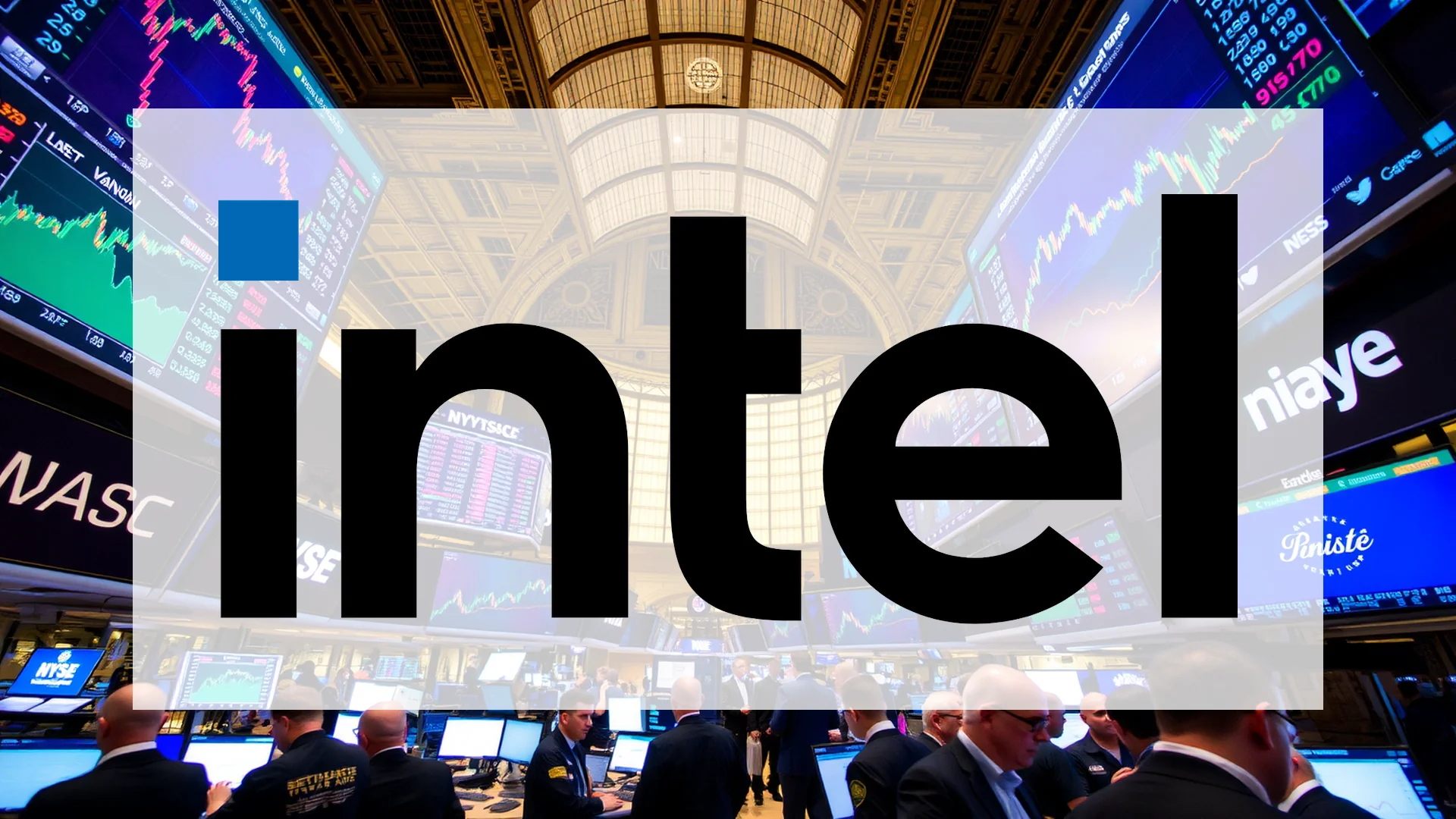In a stunning reversal of long-standing competition, speculation is mounting that Intel and Advanced Micro Devices (AMD) may be on the verge of a groundbreaking foundry partnership. This potential collaboration between historic rivals has ignited investor enthusiasm, propelling Intel’s stock value significantly higher in recent trading sessions.
Strategic Shifts in Semiconductor Manufacturing
The core of this potential partnership revolves around AMD becoming a client of Intel’s Foundry Services. Such a move would represent more than just a symbolic gesture—it would serve as powerful validation of Intel’s manufacturing capabilities and technological roadmap. Currently, AMD relies heavily on Taiwan Semiconductor Manufacturing Company (TSMC) for its production needs. A shift toward Intel would simultaneously diversify AMD’s supply chain away from Asian dependencies while accelerating Intel’s strategic comeback in the semiconductor space.
Multiple converging factors appear to be driving these negotiations:
– The current U.S. administration’s initiatives to bolster domestic chip production
– Intel’s pressing need to secure major foundry clients to validate its manufacturing expansion
– AMD’s strategic imperative to mitigate risks associated with geopolitical tensions affecting supply chains
Major Financial Backing Signals Confidence
Intel’s transformation strategy is attracting substantial financial support from influential investors. The company has secured remarkable funding commitments in recent weeks:
– The U.S. government provided backing in August 2025
– Nvidia committed $5 billion in investment during September
– SoftBank contributed $2 billion in financing
– Preliminary discussions are reportedly underway with Apple
Should investors sell immediately? Or is it worth buying Intel?
This wave of institutional support demonstrates strong industry belief in Intel’s restructuring efforts and underscores the company’s strategic importance within global semiconductor supply chains.
Cost Reduction Measures Underway
Intel’s turnaround strategy involves significant operational streamlining. The company has implemented an aggressive cost-cutting program targeting operational expenses of $17 billion by 2025, with further reduction to $16 billion planned for 2026. These measures have included workforce reductions of 15% and halting fabrication plant expansions in Germany, Poland, and Ohio. Additionally, the divestiture of Intel’s stake in Altera has strengthened the company’s balance sheet.
Market Performance and Analyst Outlook
Intel’s shares have delivered impressive performance, climbing more than 50% since the beginning of the year—a remarkable recovery for the once-struggling chipmaker. While market analysts maintain a generally cautious “hold” rating with a consensus price target of $25.43, the wide dispersion of forecasts ranging from $14 to $43 per share reflects substantial uncertainty about Intel’s future trajectory.
The critical question remains whether the semiconductor veteran can successfully transition into a foundry industry leader. A confirmed partnership with AMD would provide compelling evidence of this transformation, potentially catapulting Intel back into the upper echelon of chip manufacturers and reshaping competitive dynamics across the industry.
Ad
Intel Stock: Buy or Sell?! New Intel Analysis from November 16 delivers the answer:
The latest Intel figures speak for themselves: Urgent action needed for Intel investors. Is it worth buying or should you sell? Find out what to do now in the current free analysis from November 16.
Intel: Buy or sell? Read more here...












